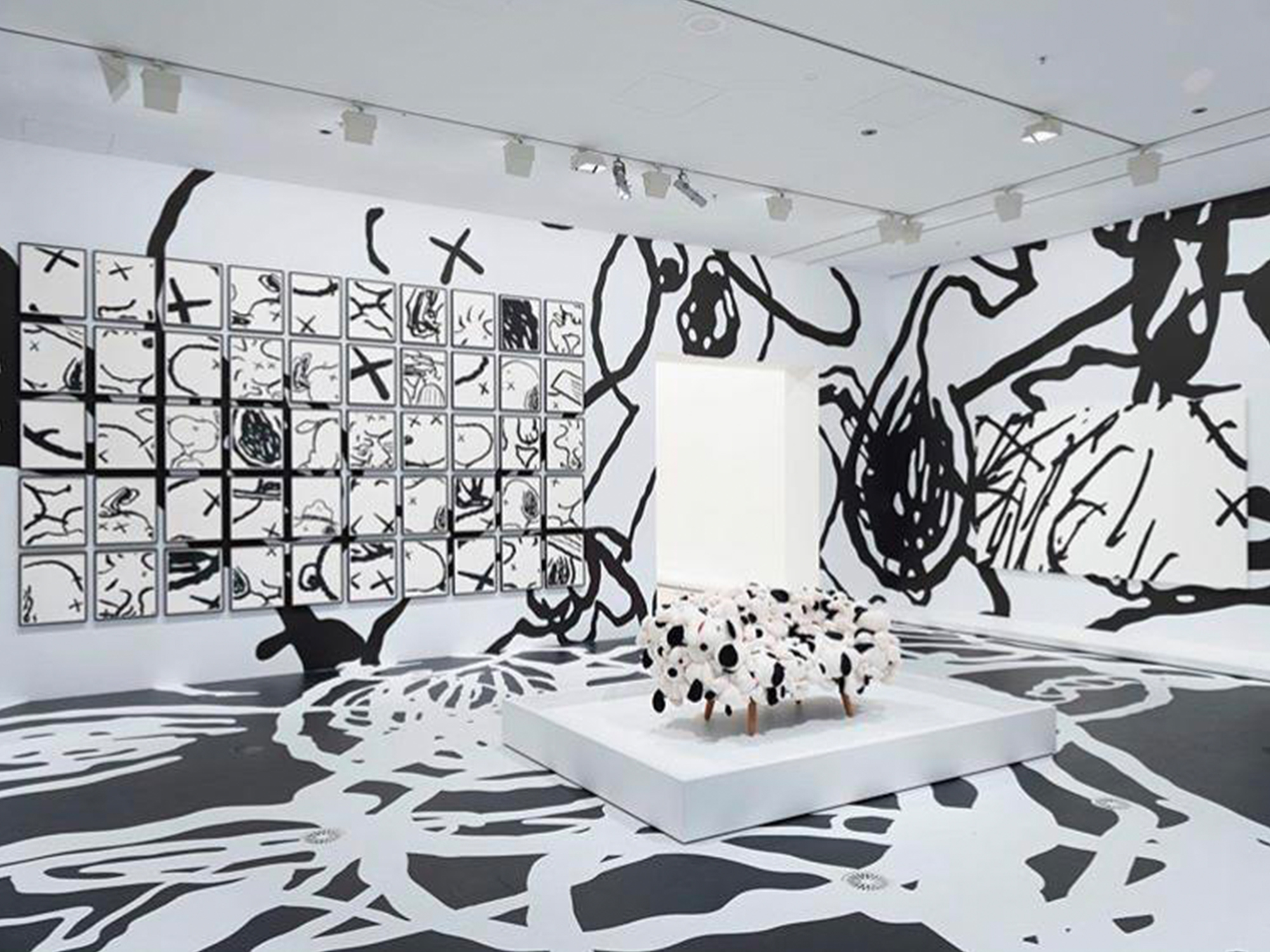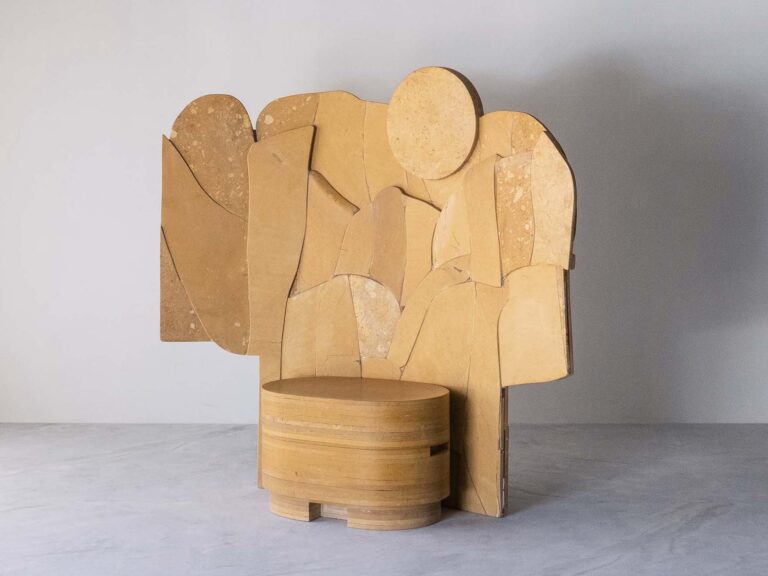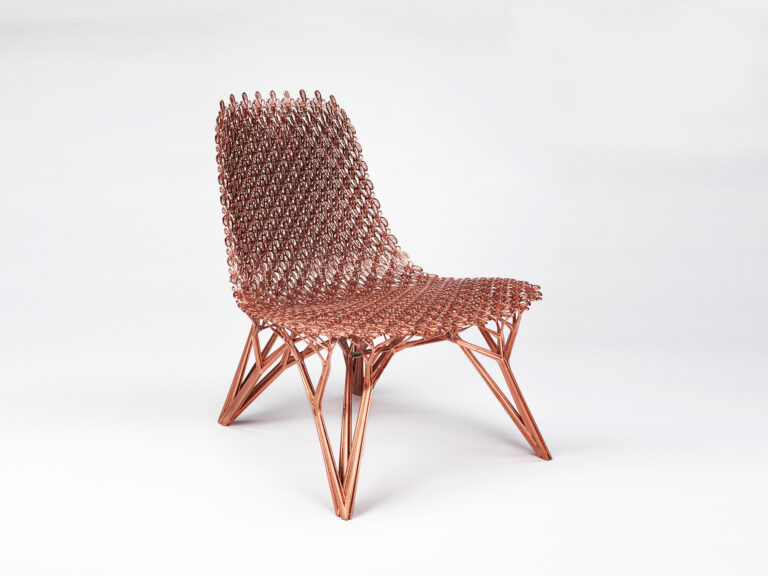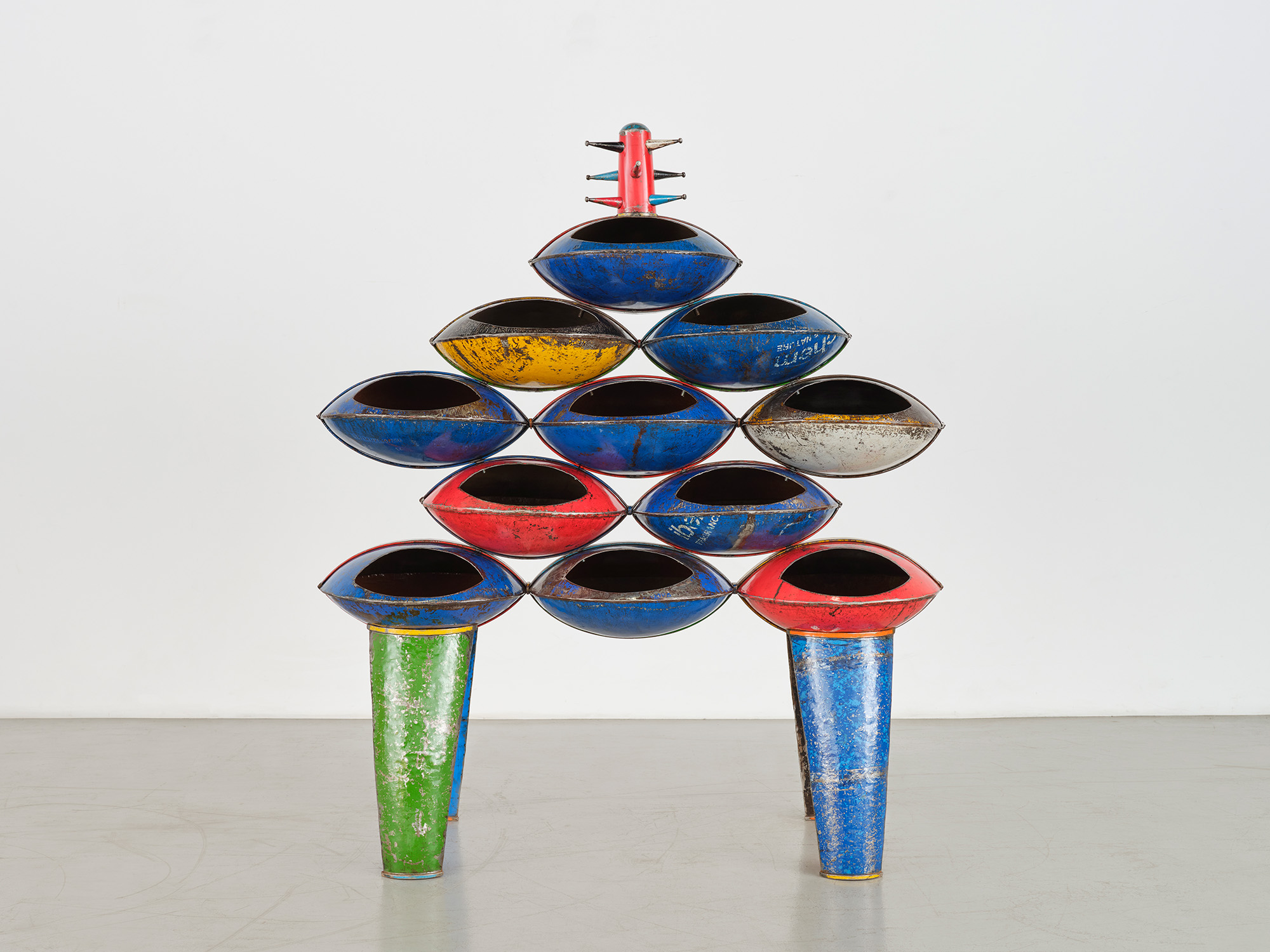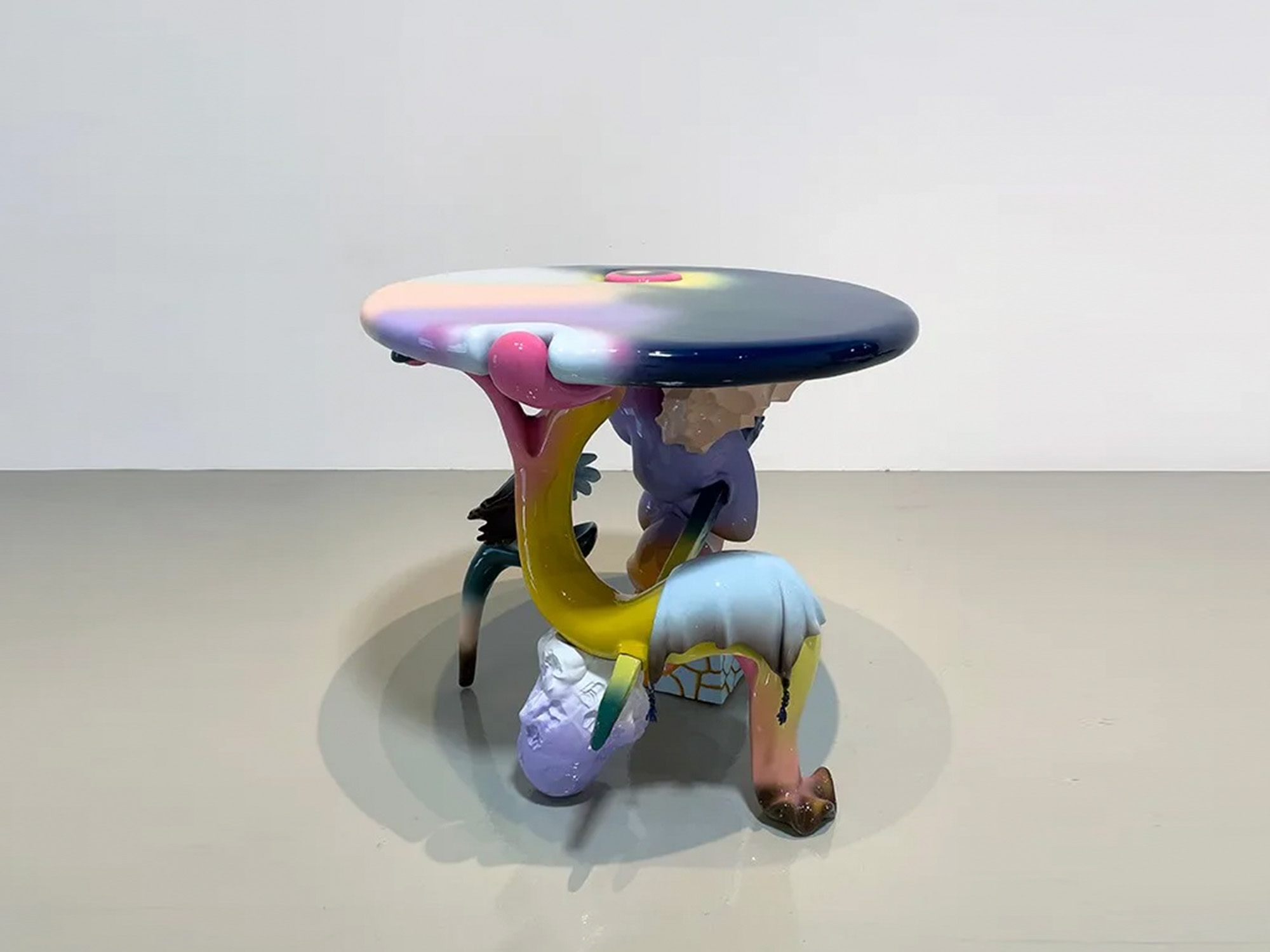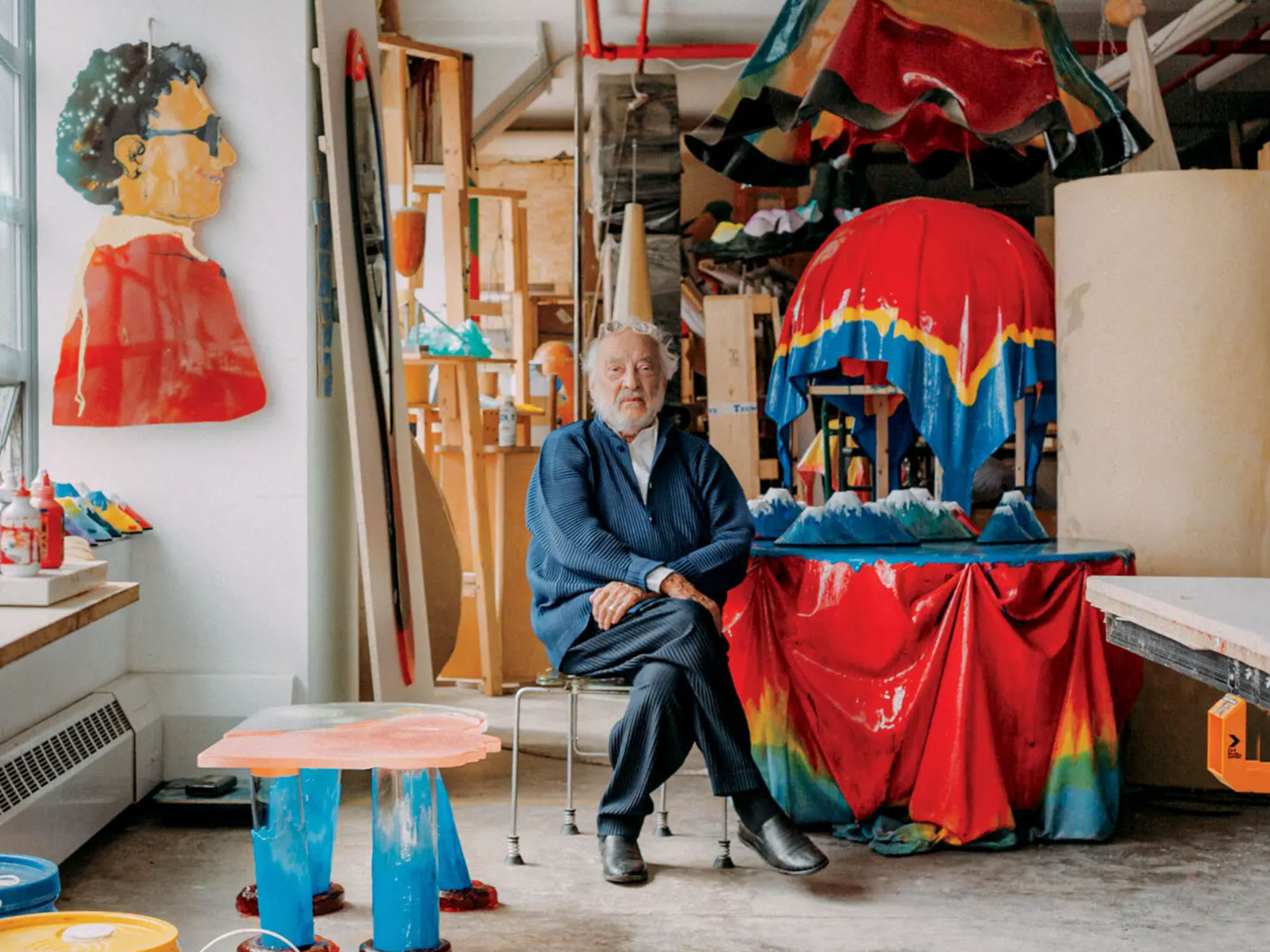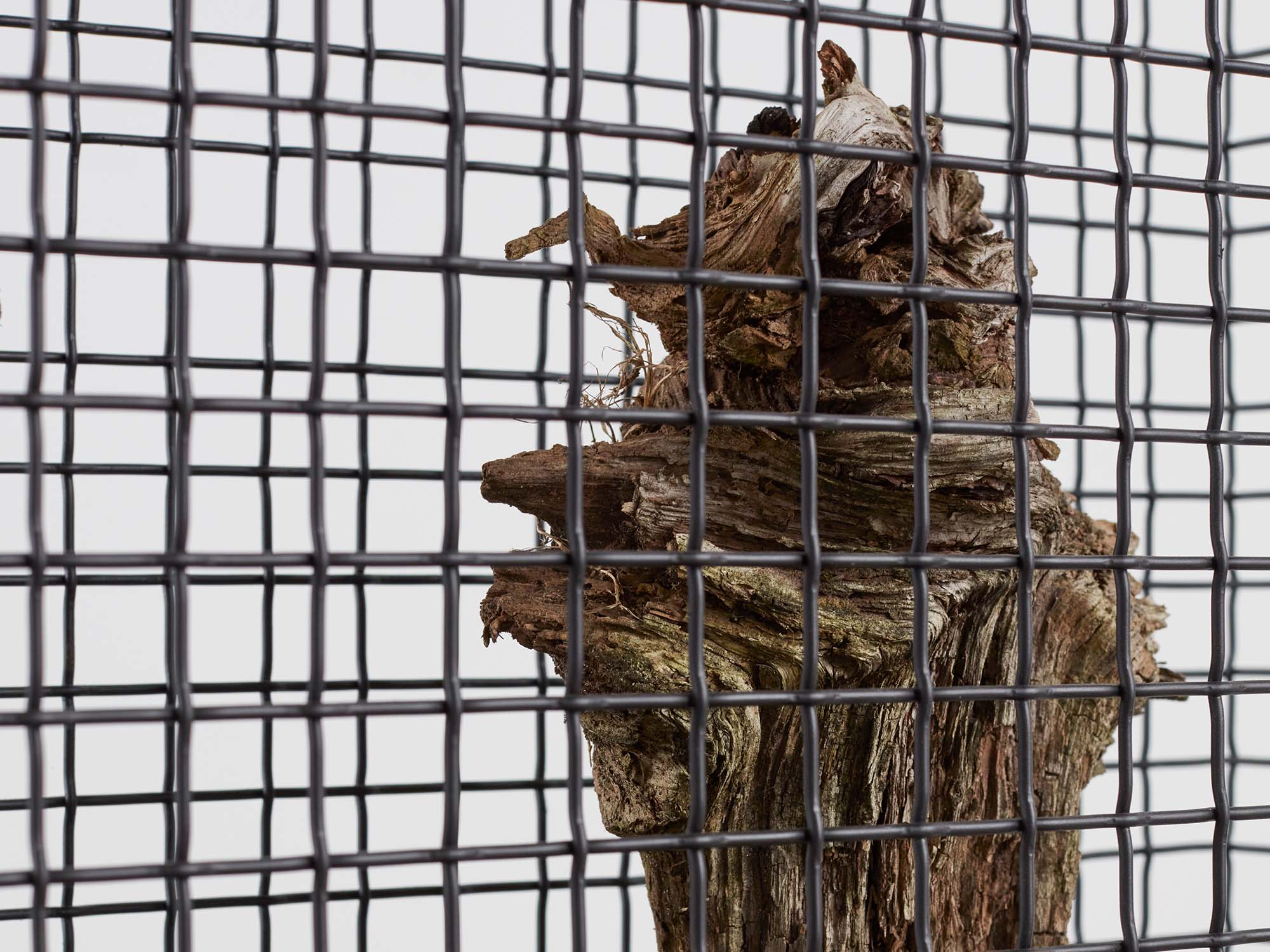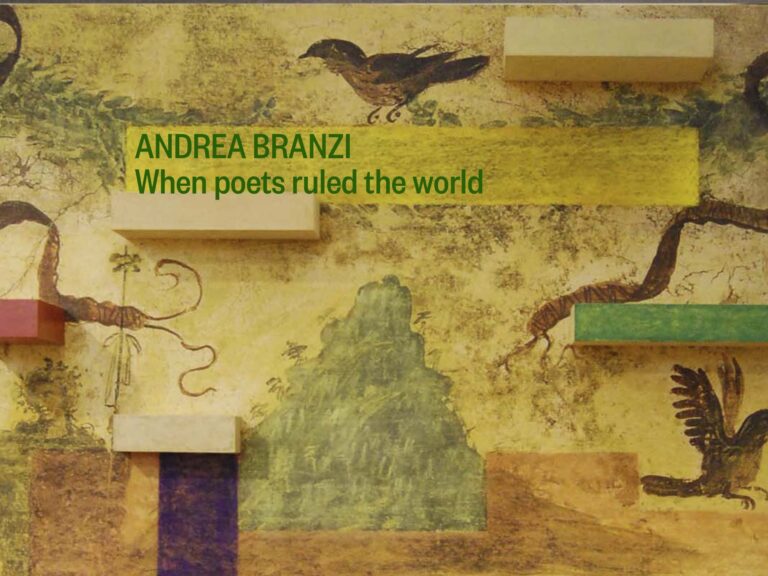Brian Donnelly, aka KAWS, was born in 1974 in New Jersey and started out as a graffiti and street artist. Now living and working in Brooklyn, New York, KAWS engages with the complexities of modern life and the contemporary built environment, and contrasts them with the aesthetics of pop and street culture.
Admired for his larger-than-life sculptures and colour-filled paintings, KAWS employs a cast of hybrid cartoon and human characters drawn from pop-culture animation across generations to form a distinctive artistic vocabulary.
KAWS’s prolific body of work bridges the worlds of art and design to include paintings, murals, large-scale sculptures, street and public art, and graphic and product design. His work is infused with humour, humanity and an acute sense of the precariousness of our times. The work of KAWS reminds us that we need one another, and that in the face of fear and hatred we should aim to live as compassionately as possible to combat this ‘age of loneliness’.
KAWS grew up in Jersey City, New Jersey, as part of the post–Wild Style and Style Wars generation. Jersey City was sleepy in comparison to the urban giant of Manhattan, directly across the Hudson River. The first graffiti artists that he became familiar with were those working locally, and his initial steps towards becoming an artist came through writing, or tagging, in his teens, with his tag ‘KAWS’ soon becoming prevalent in his Jersey City neighbourhood.
By the late 1980s, skateboarding regularly took KAWS to New York City, a cheap and short journey on the PATH train. Here, he met a larger group of kids interested in skateboarding and graffiti, and by 1992 KAWS was undertaking more ambitious graffiti pieces.
With KAWS working across Jersey City and Manhattan, these large-scale pieces increased his visibility within the graffiti community. He was to complete detailed pieces on walls and billboards, and on the sides of freight trains that moved across the country.
